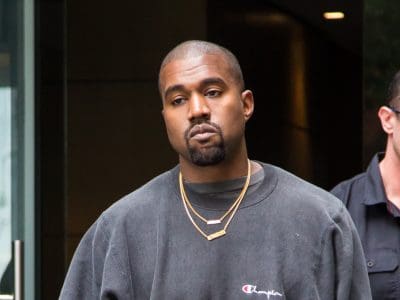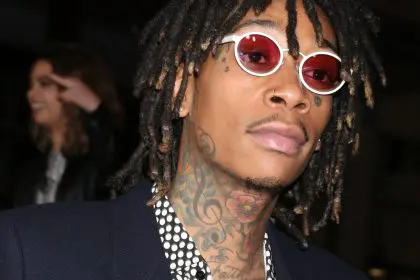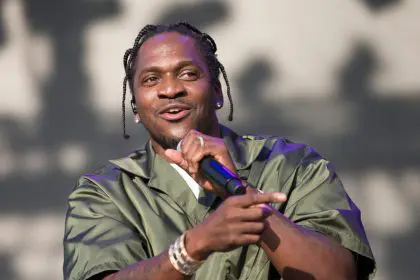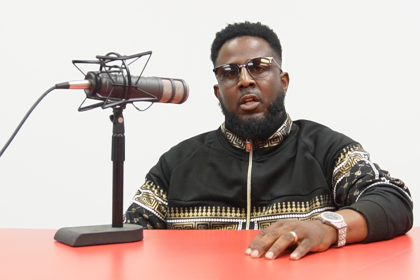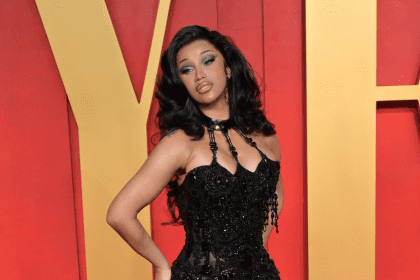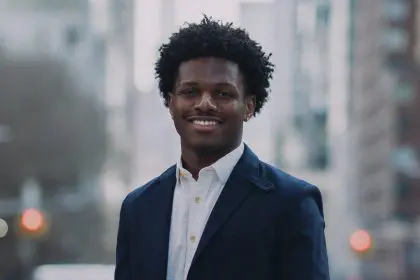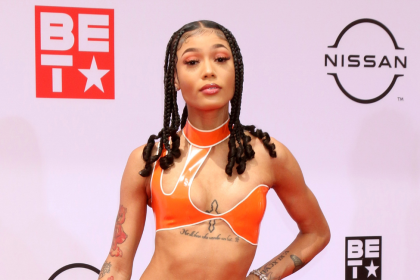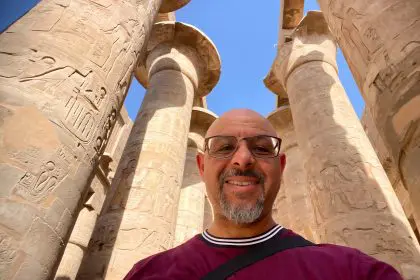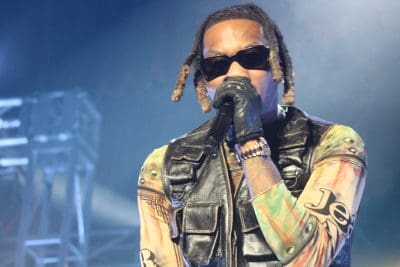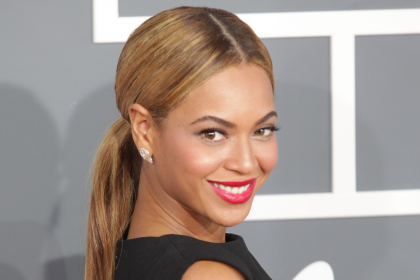
“You never thought that hip-hop would take it this far.” – The Notorious B.I.G.
Within a span of 12 hours, I witnessed the power of hip-hop at a sold-out arena and inside the walls of the most prestigious home in America. On September 8, two major moments occurred in hip-hop that revealed how the voices of Black youth have impacted nearly every aspect of American society.
When Kamal Fareed, better known as Q Tip, was growing up in Queens, New York, he never imagined how his words would impact the world and eventually lead to becoming an invited guest to the White House.
“I know the arts saved my life,” Q Tip told the audience at the National Student Poets event at the White House. “I was born in 1970 in New York city. It was a forgotten city. Growing up in New York at that time, it was despair, it was on edge, it was depression and no hope. Arts saved me. I grew up in Queens and the neighborhood was war torn. I’m a living example of how arts can change your life and help you find a voice.”

Hip-Hop in the White House
The White House was once a place that often disregarded Black people, Black voices, and the Black experience. Built by slaves in the 1700s, a Black person would not serve in an executive position at the White House until E. Fredric Morrow broke barriers in the 1950s.
The Obama Administration understood the White House’s troubling past when it came to race relations and made a point to make it as inclusive as possible. As a result, hip-hop, a culture that was shunned by past presidents, has been welcomed by the Obamas. During Barack Obama’s presidency, artists such as Kendrick Lamar, J.Cole, Wale, Killer Mike, and Jay Z have all walked inside of the White House or attended White House-related events.
During the National Student Poets event, First Lady Michelle Obama shared why it was important to use the White House to spark creativity. It was the place where Lin-Manuel Miranda first introduced a version of the hip-hop-themed, “Hamilton.”
“This young man performed at the first-ever White House poetry jam that my husband and I hosted back here in 2009 in the East Room,” First Lady Obama said. “And this kid got up on stage and started rapping about Alexander Hamilton. And he blew us away. That guy’s name is Lin-Manuel Miranda. And he expanded that song into one of the most extraordinary pieces of art that I — and probably so many others — have ever seen.”

From the White House to Bad Boy Reunion tour
Moments after the National Student Poets event concluded at the White House, I caught the first plane to Atlanta, Georgia to witness the Bad Boy Reunion tour at the Philips Arena. The show served as a way for Bad Boy founder Sean Combs to highlight his company’s legacy.
With artists such as Lil Kim, Faith Evans, Jodeci, The Lox and Mase representing the ’90s era of music, Combs also introduced artists who represent the millennial era such as French Montana, 2 Chainz, Gucci Mane, and Jeezy. There was also a consistent theme to pay homage to The Notorious B.I.G.
But beyond the concert, the show also told the story of Black music over the past two decades. From smooth R&B of the ’90s-era to trap music of this generation, hip-hop and Black music have served as a barometer of the experiences of Black America.
To be in the presence of first lady Michelle Obama and Q Tip at the White House in the afternoon and also seeing the historic Bad Boy reunion later that evening, it was a testament to how far hip-hop and Black music has come.
First lady Michelle Obama concluded her speech by saying, “If you can make it to the White House, you can make it anywhere.” The Notorious B.I.G. probably didn’t think about the White House when writing the lyrics to “Juicy,” but he knew that there were no limitations for an art form, culture, and race that always found greatness during the fight for survival.


